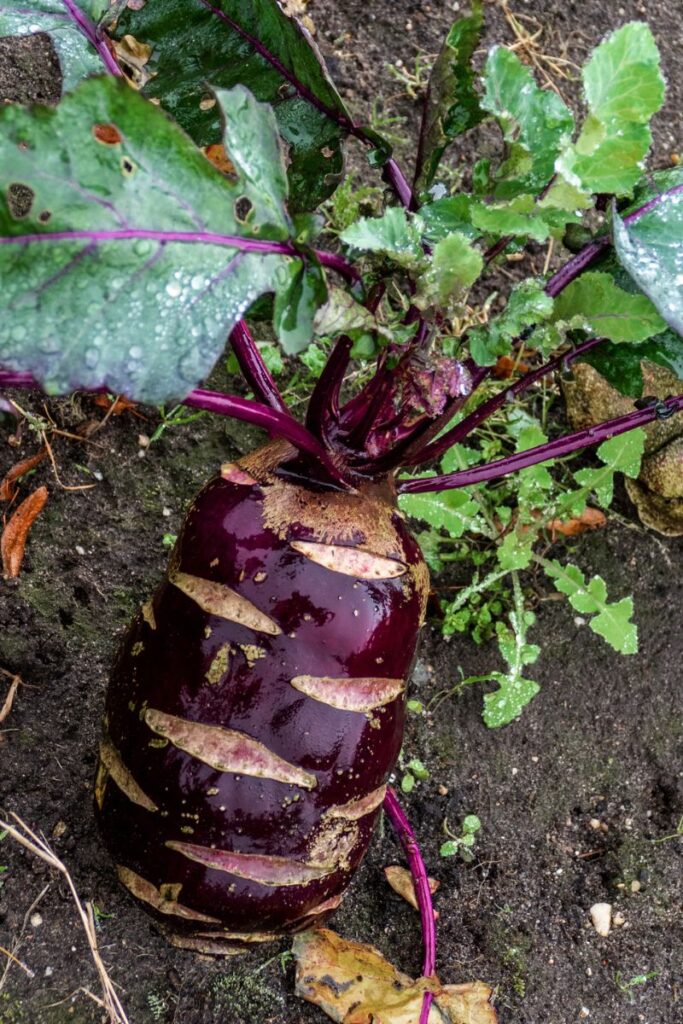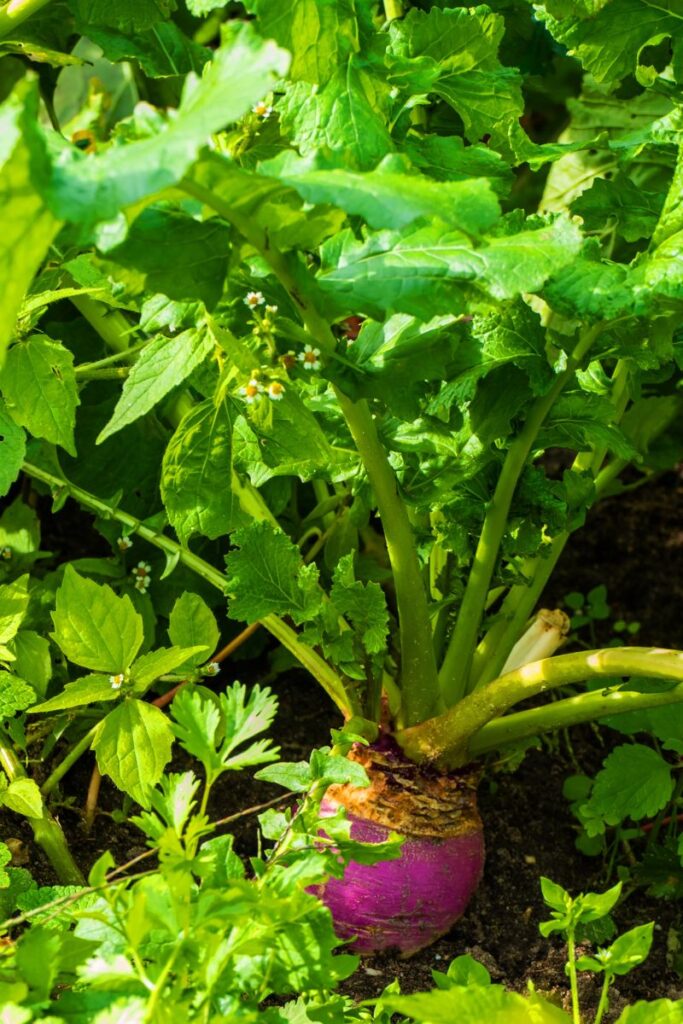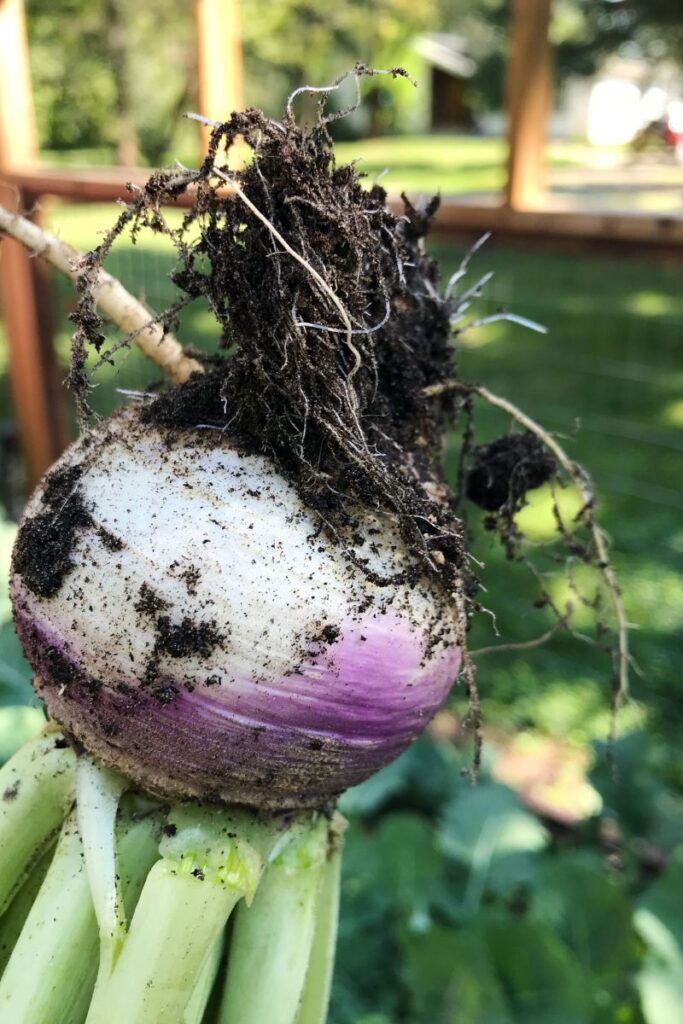Ever tried growing rutabaga?
It’s easier than you think!
With the right tips, you can have a bountiful harvest. Check out these 8 simple tactics to grow healthy and tasty rutabaga.
Let’s get planting!
Choose the Right Location
Rutabagas love cool weather and full sun. So, pick a spot in your garden where they’ll get at least 6 hours of sunlight each day.
Plus, they don’t like super hard soil, so if your dirt feels more like concrete, you might need to loosen it up a bit. They’ll grow best in soil that’s nice and loose.
Prepare the Soil
Before you plant those seeds, get the soil ready. Rutabagas thrive in well-drained soil with a pH level between 5.5 and 7.
Add some compost or aged manure to make the soil rich and crumbly. This helps the roots grow nice and big.
Give it a good mix to make sure everything’s blended well.
Planting Time
Sow your rutabaga seeds directly into the soil about 1/2 inch deep. Aim for early spring or late summer for the best germination.
Space the seeds about 2 to 4 inches apart to give them room to grow. Water the area gently after planting to help get things started.
Watering Schedule

Rutabagas need consistent moisture but don’t like to be waterlogged. Water them deeply about once a week, or whenever the top inch of soil feels dry.
If it’s super hot, you might need to water more often. Just keep an eye on them to make sure they stay happy.
Thin Out the Seedlings
Once your seedlings are a few inches tall, it’s time to thin them out. This prevents overcrowding, which means bigger and healthier rutabagas.
Aim to leave about 6 inches between each plant. It might feel bad pulling out those tiny plants, but it’s for the greater good!
Fertilize Regularly

Rutabagas are heavy feeders, so give them a boost with a balanced fertilizer a few weeks after they sprout. Look for something with an equal mix of nitrogen, phosphorus, and potassium.
Follow the instructions on the package, and avoid over-fertilizing. This keeps your rutabagas growing strong.
Pest Patrol

Keep an eye out for common pests like aphids, cabbage worms, and root maggots. You can hand-pick the bugs or use insecticidal soap if things get out of hand.
Checking your plants regularly can help catch any issues early. Prevention is key here, so stay vigilant!
Harvesting Time

Your rutabagas are ready to harvest when they’re about the size of a tennis ball, usually around 90 days after planting. Gently pull them from the ground, taking care not to damage the roots.
You can store them in a cool, dark place for several months. Enjoy your homegrown rutabagas!

